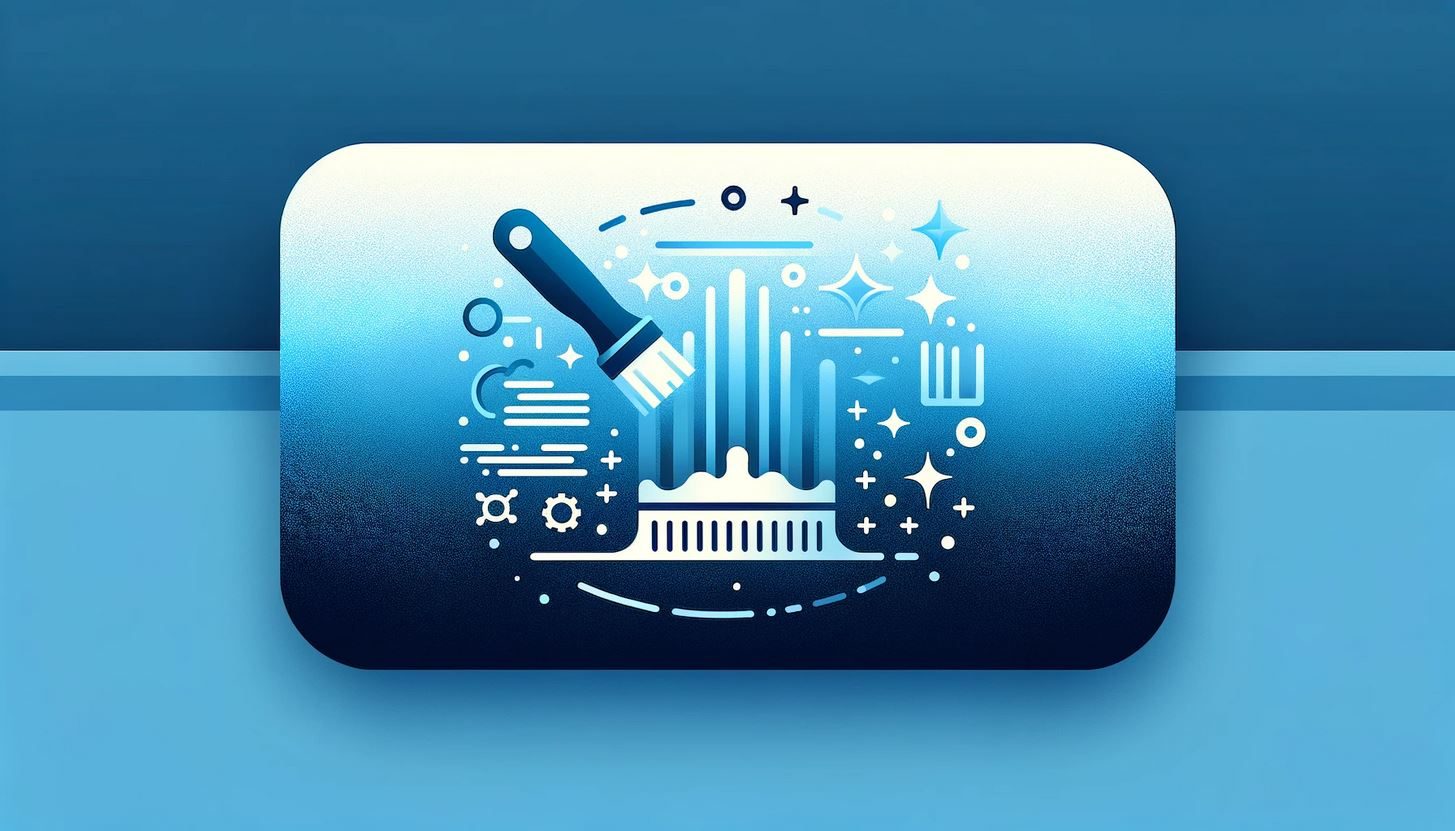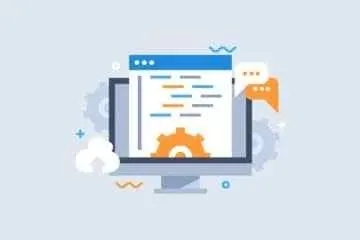



 Tech & IT
Tech & IT
 Business
Business
 Coding & Developer
Coding & Developer
 Finance & Accounting
Finance & Accounting
 Academics
Academics
 Office Applications
Office Applications
 Art & Design
Art & Design
 Marketing
Marketing
 Health & Wellness
Health & Wellness
 Sounds & Music
Sounds & Music
 Lifestyle
Lifestyle
 Photography
Photography
More Learnfly
Business Solution Become an InstructorMicroservices is an architectural approach where a software application is developed as a collection of small, independent services, each running in its own process and communicating through APIs. This design promotes scalability, flexibility, and ease of maintenance in large and complex applications.












Learn more topics in various categories at one place. Explore unlimited courses in other categories and up-skill yourself today.

 Jazeb Akram
Jazeb Akram 4.2 771053 Beginner Level

 John Hedengren
John Hedengren 4.1 568972 All Level

 Ranjan Pandey
Ranjan Pandey 4.1 346660 All Level

 Muhammad Ahsan Pervaiz
Muhammad Ahsan Pervaiz 4.2 101261 All Level

 Pieter Vliegenthart
Pieter Vliegenthart 4.6 100851 All Level

 Jerome P.
Jerome P. 4.8 100772 All Level

 Vikas Munjal
Vikas Munjal 4.8 100007 Beginner Level

 Senol Atac
Senol Atac 4.9 99984 All Level

 Avinash A
Avinash A 4.8 99903 All Level
.jpg)
 AKHIL VYDYULA
AKHIL VYDYULA8 Lectures

 Nirmala Raju
Nirmala Raju12 Lectures

 Daniel Pham
Daniel Pham13 Lectures

 ajmal ali
ajmal ali5 Lectures

 Yoann Bierling
Yoann Bierling16 Lectures

 Daniel Pham
Daniel Pham273 Lectures

 Daniel Pham
Daniel Pham62 Lectures

 Daniel Pham
Daniel Pham59 Lectures

 Satyendra singh
Satyendra singh19 Lectures

 RougeNeuron Academy
RougeNeuron Academy28 Lectures

 RougeNeuron Academy
RougeNeuron Academy27 Lectures

 Sekhar Metla (Microsoft Certified Professional) Sudha
Sekhar Metla (Microsoft Certified Professional) Sudha87 Lectures

 John Hedengren
John Hedengren 17 Lectures

 Arbaz Khan
Arbaz Khan16 Lectures

 Juan Galvan
Juan Galvan140 Lectures

 Abdulhadi Darwish
Abdulhadi Darwish71 Lectures

 Prince Patni
Prince Patni25 Lectures

 Amit Ranjan
Amit Ranjan14 Lectures

 Amit Ranjan
Amit Ranjan31 Lectures
.jpg)
 Mukund Kumar Mishra
Mukund Kumar Mishra22 Lectures

 Md. A. Barik
Md. A. Barik22 Lectures

 Pruthviraja L
Pruthviraja L103 Lectures

 Arthur Tkachenko
Arthur Tkachenko29 Lectures

 Navdeep Kaur
Navdeep Kaur70 Lectures

 Navdeep Kaur
Navdeep Kaur23 Lectures

 Navdeep Kaur
Navdeep Kaur47 Lectures

 Manoj G T
Manoj G T19 Lectures

 Jordan Stanchev
Jordan Stanchev21 Lectures

 Saheb Singh chaddha
Saheb Singh chaddha26 Lectures

 Phikolomzi Gugwana
Phikolomzi Gugwana31 Lectures

 Abhilash Nelson
Abhilash Nelson15 Lectures

 Eduardo Morelli
Eduardo Morelli6 Lectures
Microservices is an architectural approach where a software application is divided into small, independent services that can be developed, deployed, and scaled independently. Each microservice is focused on a specific business capability and communicates with others through well-defined APIs.
Microservices offer benefits such as improved scalability, flexibility, and agility. They enable independent development and deployment of services, making it easier to maintain and scale specific parts of an application without affecting the entire system.
Microservices communicate through APIs (Application Programming Interfaces). Typically, they use lightweight protocols like HTTP/REST or message queues. This enables services to work together while remaining independent, and it facilitates the development of polyglot systems where services can be written in different programming languages.
Challenges in Microservices include managing distributed systems complexity, ensuring data consistency between services, handling communication failures, and implementing effective service discovery and orchestration. Additionally, monitoring and maintaining a large number of services can be complex.
In a monolithic architecture, the entire application is developed and deployed as a single unit, while in a Microservices architecture, the application is divided into small, loosely coupled services. Microservices enable independent development and deployment of services, fostering agility and scalability.






